 Step-by-Step Guide to Regularizing Health Products with ANVISA
Step-by-Step Guide to Regularizing Health Products with ANVISA
If you are in the health sector, you know that regularizing your products with the Brazilian Health Regulatory Agency (ANVISA) is essential to ensure the safety and efficacy of your products in the market. In this comprehensive guide, we will cover the step-by-step process of regularizing health products with ANVISA, enabling you to navigate the process efficiently and without complications.
What You Will See in This Blog:
Classification of Your Product
Before starting the regularization process with ANVISA, it is crucial to understand the classification of your product according to regulations. This classification covers various categories, each subject to specific regulations. These are some categories:
- In Vitro Diagnostic (IVD) Products: Include laboratory tests and diagnostic kits for diseases such as HIV, hepatitis, pregnancy, among others.
- Medical Devices: Encompass a wide range of products used in diagnosis, treatment, rehabilitation, or prevention of diseases, such as prosthetics, imaging diagnostic equipment, and surgical instruments.
- Hygiene Products: Include items for personal and household hygiene, such as soaps, shampoos, and disinfectants.
- Cosmetics: Although not considered health products, cosmetics are regulated by ANVISA and include makeup, hair products, and facial creams.
- Medicines: Regulated by ANVISA as pharmaceutical products, medicines are not classified as health products.
Each category has specific regulations to ensure the safety and efficacy of the products. It is essential to consult the applicable regulations for your product type before starting the regularization process with ANVISA.
What is the Risk Classification of Health Products at ANVISA?
- Class I - Low Risk: Products with the lowest potential risk.
- Examples: manual wheelchairs, adhesive tapes, non-sterile surgical gloves.
- Class II - Low Risk: Products that also present low risk but require more controls than Class I.
- Examples: hypodermic needles, stethoscopes, sterile surgical gloves.
- Class III - Medium Risk: Products that present higher risk to the user and, therefore, require a higher level of control.
- Examples: orthopedic prostheses, hemodialysis machines, general-use syringes.
- Class IV - High Risk: Products with the highest level of risk, requiring rigorous controls.
- Examples: heart valves, pacemakers, implantable defibrillators.
Classification Criteria:
The classification of health products is based on criteria established by ANVISA, which include:
- Purpose of Use: How and for what the product will be used.
- Invasiveness: Whether the product penetrates the human body or has direct contact with the body.
- Usage Time: Duration of product contact with the body (temporary, short-term, or long-term).
- Technology: The technological complexity involved in the product.
- Associated Risks: Potential risks to the patient, user, and environment.
ANVISA regulates and supervises health products to ensure they meet the required quality standards. Supervision may include factory inspections, audits, and verification of compliance with regulations.
How to Prepare a Technical Dossier for Health Products at ANVISA?
Preparing a technical dossier for ANVISA involves compiling complete documentation that proves the safety, efficacy, and quality of the product. These are some examples of the necessary processes and documentation:
- Product Description: Function, characteristics, main components, accessories, and intended use and mode of use.
- Technical Information: Description of specifications and technical parameters.
- Clinical Trials and Studies: Clinical studies that prove efficacy and safety (for higher risk products).
- Quality Certifications: Certificates of compliance with international standards (ISO, CE, FDA, etc.).
- Good Manufacturing Practices (GMP): ANVISA Good Manufacturing Practices certificate.
- Quality Control Procedures: Methods and procedures applied in manufacturing.
- Process Monitoring: Track the registration process through ANVISA systems.
- Responses to Requirements: Be prepared to respond to any requirements or requests for additional information.
Preparing a detailed and well-structured technical dossier is essential for the approval and registration of the product with ANVISA, ensuring it meets the necessary quality and safety standards.
Rely on Support from Stone Okamont!
Stone Okamont is a company specialized in assisting other companies in the process of registering and regularizing products with ANVISA. With a highly qualified team, Stone Okamont offers complete support, from document preparation to obtaining product registration or listing. If you need help to regularize your health products with ANVISA, contact Stone Okamont. We are here to make the process simpler and more efficient for you.
Want to know the ideal path
FOR YOUR COMPANY?
Request a quote here.


